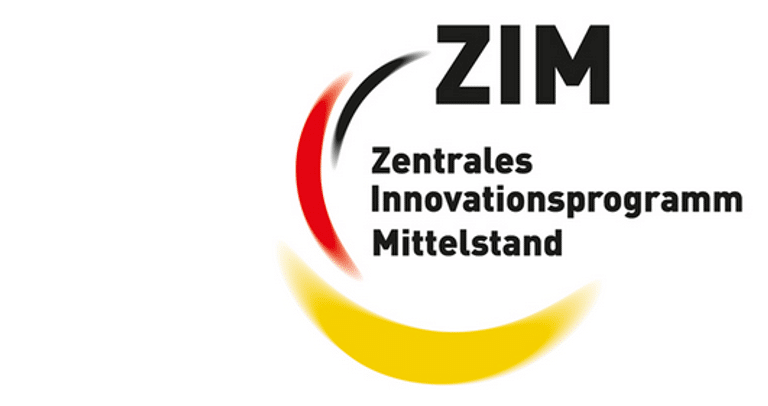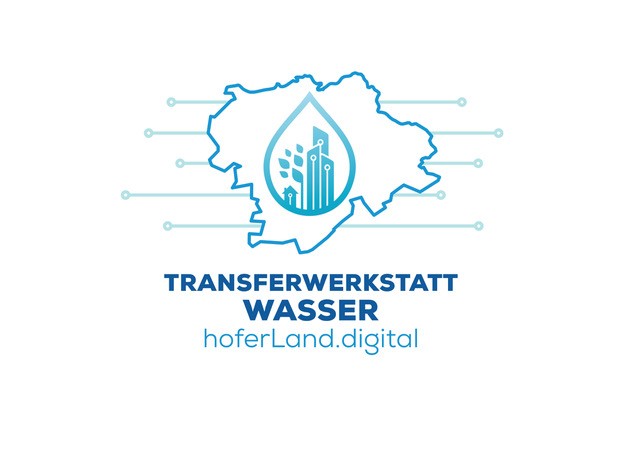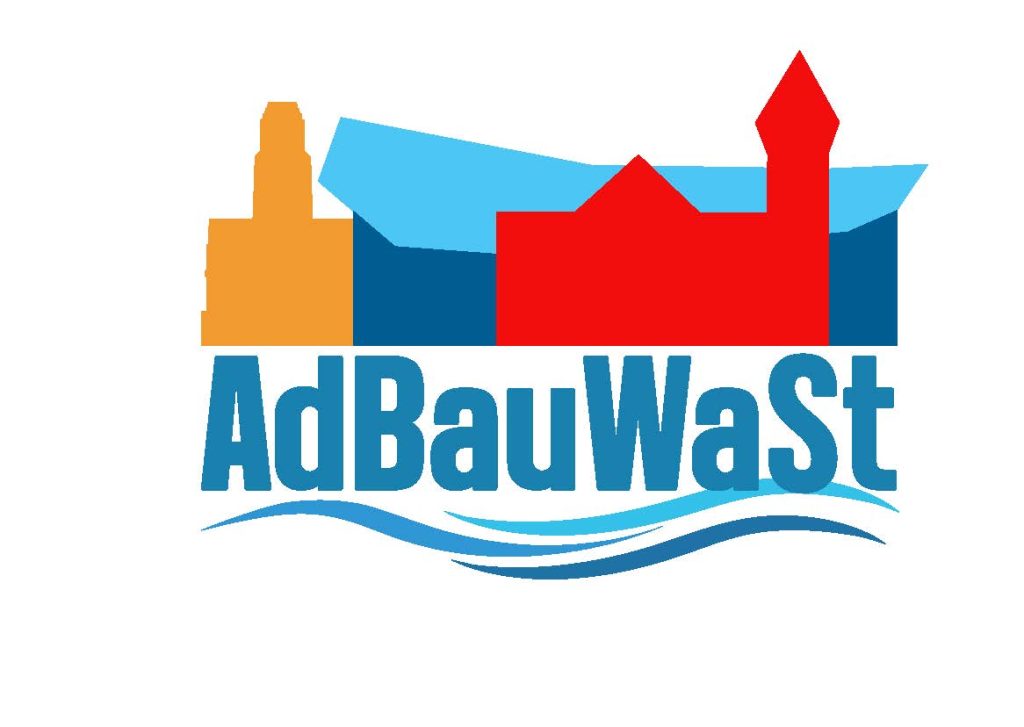

The fourth treatment stage has been the subject of numerous research and test projects for years. The results available to date provide decision-makers in wastewater treatment plants with a wide range of information and recommendations, although most projects and results are limited to applications for wastewater treatment plants of size classes 3-5, i.e. > 10,000 PE. From the point of view of environmental protection, wastewater treatment plants < 10,000 PE should also be equipped with a fourth treatment stage.
Especially bathing lakes and rivers with anthropogenic utilisation, which also serve as drinking water reservoirs and as habitats for various fish species that are increasingly used by humans as food, require higher local purification requirements. This situation is expected to worsen, especially with increasing dry periods, so that the reuse of wastewater is increasingly being discussed, researched and in some cases implemented. The European Commission has published guidelines for EU member states to ensure that municipal wastewater can be safely reused. On the other hand, the installation of a fourth treatment stage is associated with higher energy consumption, which is detrimental to the central environmental protection goal of CO2-reduction of the present day.
Although R&D projects largely combine extended cleaning performance with an energy-efficient mode of operation, this is usually limited to the purely procedural process steps, e.g. through energy-saving drives or control solutions with higher process efficiency. The simultaneous, integrated utilisation and integration of renewable energies as part of the overall process and the raising of optimum energy efficiencies through integrated control systems is an exception and, to the applicants' knowledge, has not yet been investigated, either without or with demonstration character, particularly in small and medium-sized wastewater treatment plants. In addition, against the background of wastewater reuse, flexible quality results play an increasingly important role in wastewater treatment, which is hardly considered in Germany.
New fourth-stage purification processes must be evaluated not only in terms of their purification effect, but also in terms of their energy efficiency. The project aims to develop an innovative control system that enables flexible adjustment of the cleaning quality, minimises energy consumption and at the same time makes optimum use of renewable energies.
Specifically, the objectives of the project include the following aspects:
- Development of an intelligent control system for the fourth purification stage, which is able to flexibly adjust the purification qualities in order to fulfil different requirements for wastewater reuse.
- Effective removal of trace substances and micropollutants from wastewater to reduce water pollution.
- Optimisation of the energy consumption of the fourth cleaning stage through the use of energy-efficient technologies and an intelligent control system.
The project aims to achieve a balance between cleaning quality and energy consumption in order to enable sustainable operation.
The aim of the project is to develop a web-based, partially real-time monitored and multi-criteria flexible control system, applicable and adaptable for different processes of the fourth purification stage, which on the one hand aligns the purification process to the desired target criteria and on the other hand predicts the wastewater quality to be achieved with optimum energy consumption depending on the raw wastewater quality by analysing forecasts. In accompanying investigations by the partner HAW Hof, the necessary correlation relationships between the common wastewater parameters pH, Lf, turbidity, TS, AFS65, COD, Nges NH4 and NO3 and selected trace/micropollutants can be determined.
The integration of renewable energies into the flexible control process of wastewater treatment with the aim of reducing trace substances is particularly innovative.

Software is to be developed for both the dimensioning/design of the storage units and for the actual energy storage management, which takes on this task in conjunction with the cleaning and energy production process using renewable energies. The software initially records and determines expected process sequences and maps these as a design variable. Using the algorithm to be developed in conjunction with simulations, possible system designs are determined and proposed.
The user can therefore also design a system in variants and determine the investment costs as a further influencing factor. The second software part comprises the necessary process software, which is used in an industrial automation environment. Its input data includes the process engineering design parameters as well as specific current, historical and forecast process data and the target parameters of the wastewater quality to be achieved. The software then has the task of controlling both the technical process, e.g. of a membrane plant, in combination or in coordination with the energy process.
The research here is tough.









News about the inwa and its events.